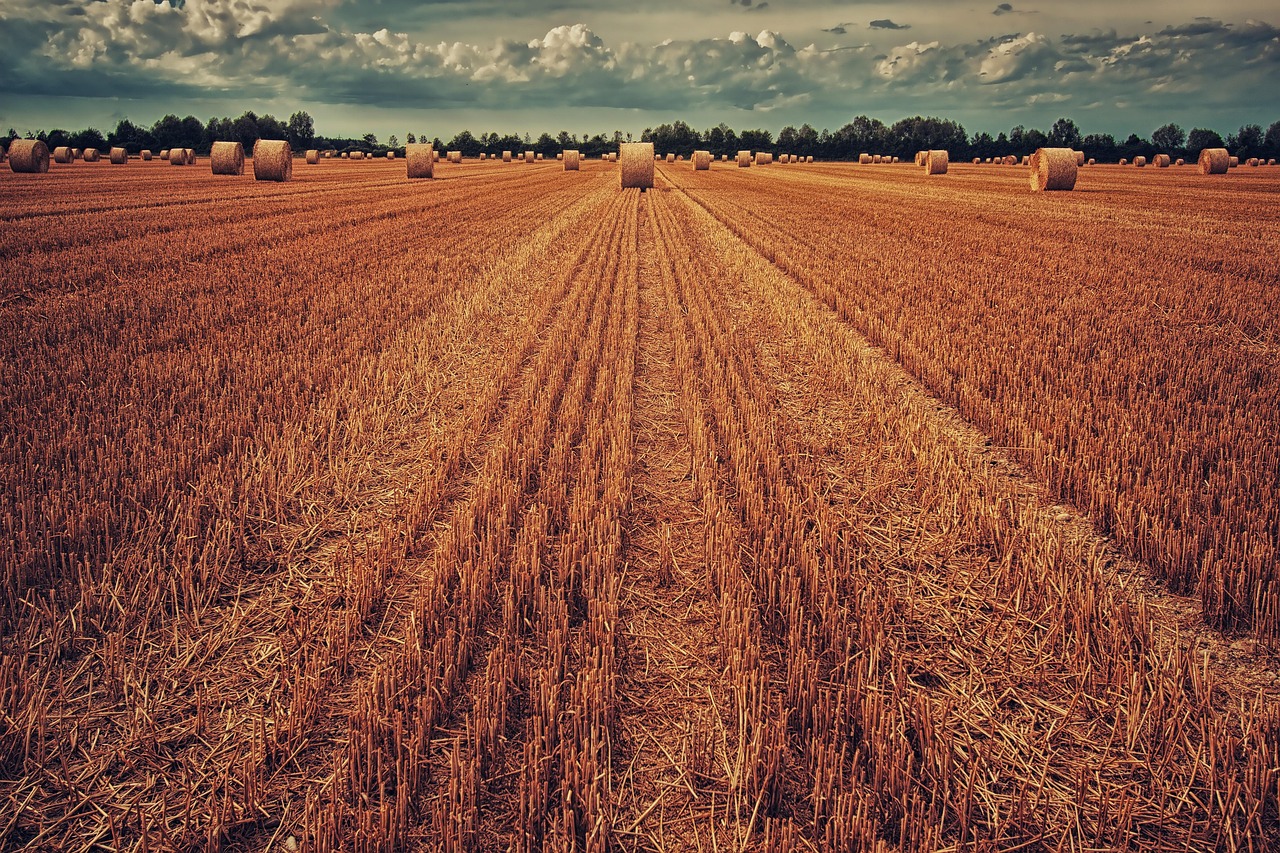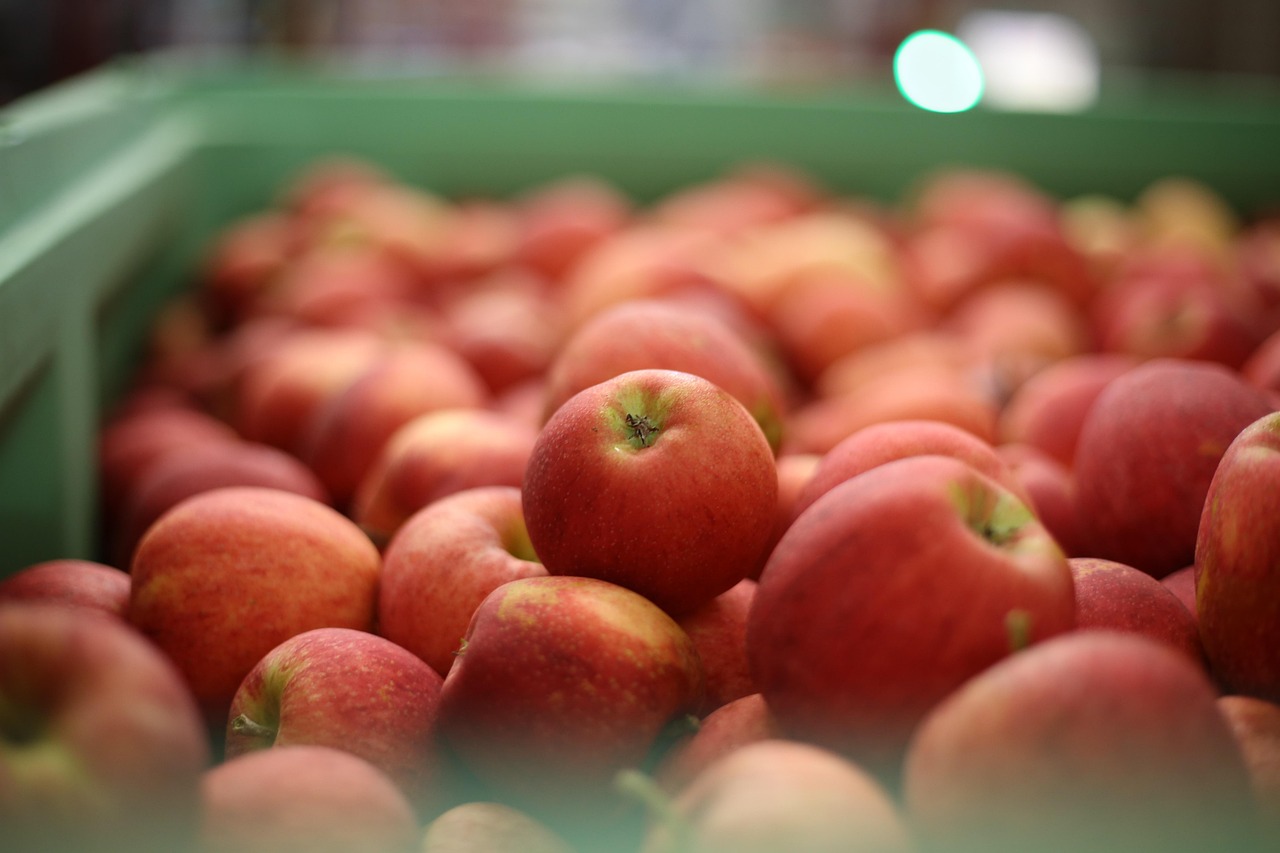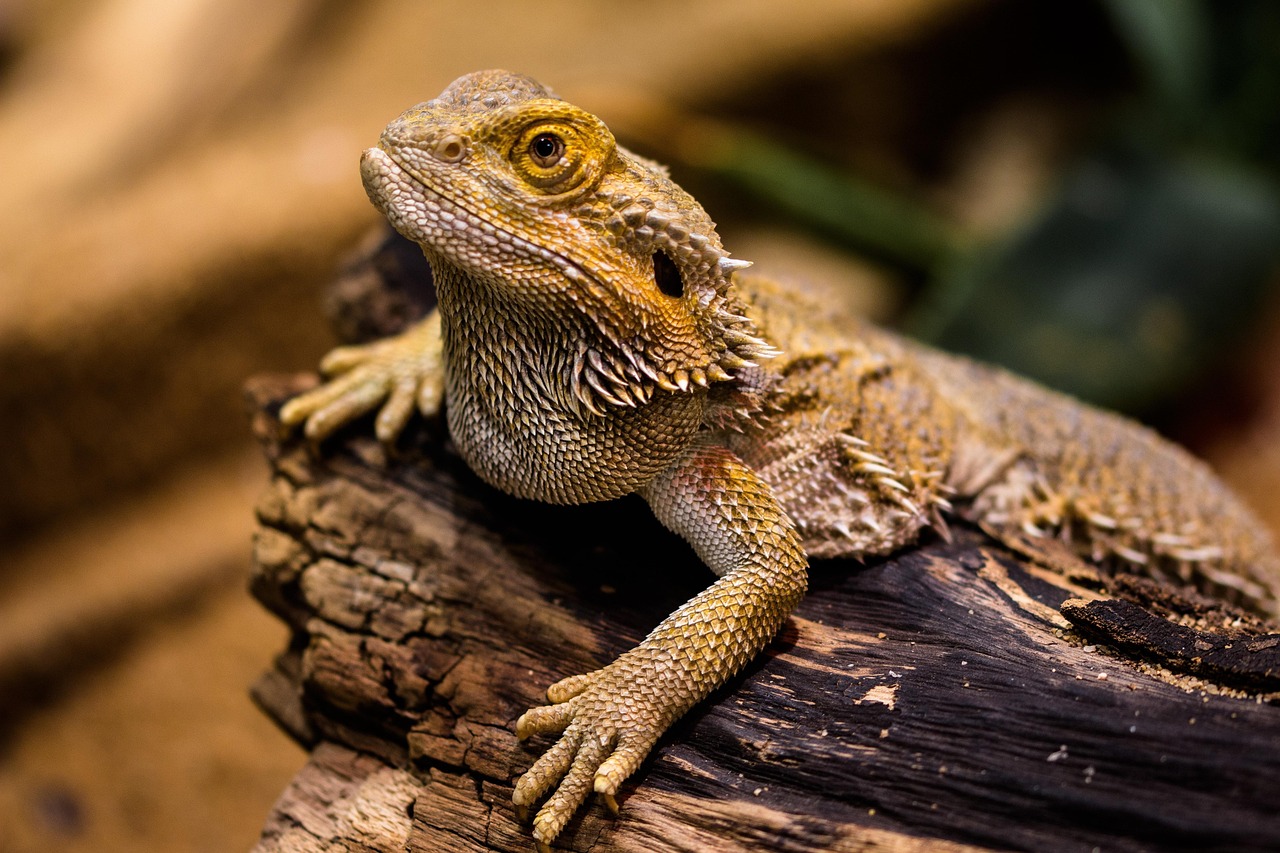Why Hay Matters (and Why Small Mistakes Add Up)
Hay is the cornerstone of a rabbit’s diet — it keeps their gut moving, wears down teeth, and gives them something to forage. Most rabbit owners know this, but small mistakes like limiting hay, choosing the wrong type, or storing it poorly can lead to digestive trouble, overgrown teeth, or boredom.
This article will help you fix those easy habits. You’ll learn why unlimited grass hay is non-negotiable, how to pick the right hay, smart storage tips, how to spot mold and pests, ways to make hay fun, and why pellets and treats mustn’t push hay aside. Small changes make a big difference — and your bunny will thank you truly.




Don’t Skimp: Why Unlimited Grass Hay Is Non-Negotiable
The mistake most owners make
Treating hay like a treat or ration—“just a handful at night”—is surprisingly common. Some owners do this to cut costs or because their rabbit “prefers” pellets. But grass hay should be ad libitum (always available). It’s not filler: it keeps the gut moving, grinds teeth down naturally, and helps prevent obesity and deadly GI stasis. Think of hay as the foundation of every healthy bunny day.
Signs your rabbit isn’t getting enough hay
Easy, practical fixes you can use today
A little adjustment—more hay in more places—usually ends picky pellet-only eating quickly. Next up: how to pick the right type of hay so your rabbit actually eats it.
Pick the Right Type: Avoid Using the Wrong Hay for Your Rabbit
Grass vs. legume: what’s the difference?
Grass hays — timothy, orchard grass, meadow, and oat — are lower in calories, protein, and calcium and higher in fiber. That makes them perfect for adult rabbits’ digestive health and weight control. Legume hays, like alfalfa, are richer, calorie-dense, and high in calcium and protein — great for growing kits, pregnant or nursing does, or underweight rabbits, but not ideal long-term for most adults.
Why alfalfa isn’t a daily staple for adults
Long-term feeding of alfalfa to adult bunnies can lead to obesity and urinary issues (think sludge or calcium crystals). A common real-world example: a healthy adult rabbit switched to alfalfa “because she loved it” put on weight and developed gritty urine within months. Grass hay keeps their teeth and gut balanced without that extra calcium or calories.
How to read hay labels
Look for species/type (timothy, orchard, alfalfa), cut (first, second — leafier second-cut is softer), harvest date, and “no additives.” Avoid anything with molasses, aromatic oils, or visible seed mixes. “Premium” usually means leafier and less stemmy — rabbits often prefer that.
Safe testing and adding variety
When to ask your vet
If your rabbit is young (<7–9 months), pregnant/nursing, overweight, has urinary issues, or special medical needs, check with your vet before making big hay changes. Next, we’ll cover how to store whatever hay you choose so it stays fresh and safe.
Store Smart: Keep Hay Fresh, Dry, and Dust-Free
Common storage mistakes (and why they matter)
Leaving hay in a damp corner of the garage, stuffing bales into sealed plastic bins, or buying a huge supply “because it was on sale” are all classic missteps. Hay that’s gone stale or dusty loses scent, flavor, and some nutrients — rabbits turn up their noses at it. Even worse, trapped moisture or hidden mold can irritate your bunny’s respiratory system and cause sneezing, weepy eyes, or worse.
Quick how-to storage checklist
Quick product notes and real-world tip
Canvas or cotton feed sacks are inexpensive and breathable; a braided cotton hay bag (like the product above) both stores and dispenses hay, cutting down on waste. One rabbit owner I know solved chronic hay refusal simply by switching from a sun-warmed garage bin to a pantry shelf and started buying smaller bales — the rabbits ate more and looked perkier within a week.
Spot and Avoid Mold, Pests, and Contaminants
Moldy, musty, or bug‑ridden hay isn’t just unappetizing — it can harm your rabbit. Mold spores and toxins can cause respiratory problems, digestive upset, and in severe cases toxin exposure. I once found a gray fuzzy patch in a bale and my bun started sneezing the next day — a quick vet call saved the day.
How to spot trouble
What to do if you suspect mold or pests
Safe handling when inspecting old bales
Make Hay Easy and Fun: Presentation Matters More Than You Think
Rabbits are natural foragers — they love to paw, nudge, and nibble. If you dump a compacted bale in a corner or stuff hay into a tiny plastic bag, you’ll see less grazing and more frustration. Think of hay like a rabbit buffet: loose, accessible, and a little playful.
Little changes, big payoff
A simple swap from an overturned plastic bin to a loose floor pile can double the time a rabbit spends munching. I once watched a shy rescue bun become a hay-fiend after I started scattering small piles — he treated each one like a treasure hunt.
Practical presentation ideas
Safety and what to avoid
Make it easy, make it interesting, and your rabbit will reward you by eating more hay and behaving more like the happy forager they were born to be.
Don’t Let Pellets and Treats Push Out Hay
Why pellets and treats steal the show
It’s easy to fall into the “leave a bowl of pellets out all day” habit. Pellets and sugary dried mixes are high in calories and convenient, so many rabbits will choose them over fibrous hay. Over time that cuts hay intake — and that’s when dental overgrowth, obesity, and GI slowdown show up.
Clear pellet rules
Follow a strict, measured plan so pellets don’t replace hay.
Hay-first alternatives and smart treats
Swap empty-calorie snacks for hay-based options and toys that encourage foraging. Try hay cubes or compressed timothy chews, or scatter handfuls of fresh timothy across a floor mat. For interactive play, use a JW Pet Hol-ee Roller (medium) stuffed with loose hay or a heavy-duty hay feeder like the Savic 2-in-1 hay rack (metal models resist chewing and spill).
Transition plan: turn picky pellet-eaters into hay lovers
- Gradually reduce pellets by 10–20% every 3–4 days while increasing hay availability and variety (timothy, orchard, small amounts of alfalfa for juveniles).
- Remove free-feeding bowls; serve pellets in a bowl at set times to re-establish meal routines.
- Make hay exciting: hide small handfuls in cardboard tubes, drape over toys, or use hay balls.
- Reward hay choice with praise, gentle petting, or a tiny hay-based treat — not fruit.
These steps help rebalance calories back to hay and set you up for a healthier rabbit — leading into the final takeaways.
Small Fixes, Big Thanks from Your Bunny
Hay is the foundation of rabbit health and happiness—digestion, teeth, and behavior all depend on it. Most hay mistakes are simple to fix: pick the right grass hay, buy enough, store it dry and dust-free, check for mold or pests, present it in an appealing way, and don’t let pellets or treats take over.
Make one small change this week—swap to fresher hay, move storage, or tweak presentation, and watch your bunny’s energy, poops, and contentment improve. Your rabbit will thank you with better health and more happy nudges. Give hay priority today.









I had a pest problem once — tiny mites? maybe beetles? — in a cheap hay bulk buy. Took forever to troubleshoot. Here’s what I learned and do now:
– Buy smaller, fresher packs if you can’t control humidity.
– Inspect for tiny moving specs before opening fully.
– If you suspect contamination, isolate and toss. Don’t risk your rabbit’s health.
– Use the Heavy-Duty Metal Hay Feeder 9.6-inch to keep hay off bedding and reduce attracting pests.
Also, when cleaning, sweep up stray hay and vacuum corners where bugs hide. Prevention > cure.
Presentation matters but so does drama. I hung a hay bag and my bun staged a protest — threw hay like confetti until I moved it lower. Now it’s his throne. 🐰✨
I had a drama queen too — changed hook placement and he calmed down lol.
Lovely image, Marcus. Little tweaks to height or location often stop the confetti-bunny behavior.
Storage pointers from someone who hoards hay (don’t judge): keep it elevated, keep it dry, rotate stock, and never store near chemicals. I use the Heavy-Duty Metal Rabbit Hay Feeder 9.6-inch for small spaces — fits perfectly and keeps hay off the floor.
Also: vacuum before adding fresh hay to reduce dust buildup and consider breathable bags for short-term storage. Little steps = less sneezing.
Anyone else use cedar chests? Bad idea — cedar off-gases and is toxic to small animals. Learned that the hard way.
@Monica yup same! Cloth sacks for quick access, sealed for long-term.
Good shout on cedar — definitely avoid. Glad the metal feeder is working for your setup.
I second the breathable storage — I use big cloth sacks for a week or two, then rotate into bins if I bought bulk.
@Ethan I use food-safe silica gel packets labeled for keep-dry. Charcoal works too but silica is cheaper per packet.
What moisture pack do you recommend? Silica gel or those little charcoal bags?
I bought the Tough 1 Extra-Large Braided Cotton Hay Bag last month and wow — presentation matters! The bun actually nibbles from it instead of tossing hay around. Pro tip: hang it at chest level for your rabbit so they don’t yank it and spill.
Also, the braided cotton is gentle on their mouth and pretty sturdy. 10/10 would recommend if you hate cleaning scattered hay.
I used a hay bag and my bun learned to pull it inside the cage lol. Adding a feeder with hooks fixed that.
@Alex M. yes mine is machine washable on gentle, but air dry to keep braids tight.
Great tip about chest level — that position reduces pulling. Thanks for sharing, Sara!
Is the Tough 1 bag machine washable? I have a shed that sometimes smells like hay, want to keep it fresh.
My rabbit is basically a hay critique now. He refuses generic hay like it’s a bad wine. 😂 Kaytee timothy for the win.
Haha James, bunnies are excellent critics. If they’re turning up their noses, try a different cut or brand — some prefer sweeter orchard grass or fresher timothy.
Love this article — the tip about not letting treats push out hay was real. I used to give too many fruity treats and my bun ignored hay. Switched to healthy greens and more hay, now he munches happily all day.
Also the Tough 1 Extra-Large Braided Cotton Hay Bag pairs nicely with the X-Large Metal Hay Feeder with Hooks for variety and to reduce waste.
So glad that helped, Becky! Small treat swaps can make a huge difference.
Totally agreed with the “unlimited hay” point. My bunny went from picky to a little piggy when I swapped to Kaytee Wafer-Cut Timothy Hay 60 oz pack — easier to portion and zero waste. Also, a Heavy-Duty Metal Hay Feeder for Small Pets made my life so much cleaner (no shredded hay EVERYWHERE). Worth every penny imo.
Omg same — my house stopped looking like a hay hurricane after I got a metal feeder. Also keeps bunnies from burying their poop in it 😂
Do you clip the bag to the feeder or just leave the feeder open? Trying to figure best setup for 2 buns.
So happy that worked for you, Maya! The wafer-cut is great for picky chewers. If anyone’s worried about dust, try introducing small amounts and monitoring for sneezing.
Ugh, lesson learned the hard way… I stored a cheap bale in a damp garage and found mold after a week. Here’s my short saga:
1) Bought Oxbow Alfalfa Hay 9 lb Box for my young lop.
2) Thought “garage is fine” — nope.
3) Found fuzzy patches, bin was full of tiny bugs.
4) Tossed the whole box and felt sick about it.
5) Now I store hay in sealed plastic bins elevated off concrete and check for smell daily.
If you have outdoor storage, double-check humidity. Mold is sneaky and you can’t just “pick out the bad parts” — toss it.
Lesson: better to buy smaller, fresher packs than huge bulk if you can’t keep it dry.
Thanks for the detailed write-up, Ethan — exactly why the “Store Smart” section stressed dry and dust-free. For future buys, a breathable plastic bin with a moisture absorber works well.
Oh man, been there. I also learned to smell hay (musty = bad) and to look closely at the ends where moisture pools. Sorry that happened!
Presentation REALLY changed my bunny’s life.
I used an X-Large Metal Hay Feeder with Hooks and mounted it at the right height. Suddenly she stopped dragging hay into her litter box and actually ate more.
I also rotate timothy and orchard grass because variety keeps her interested. Storage: airtight bins + silica packs have been game-changers for me.
If you have limited space, wall-mounted feeders are lifesavers. Saved me so much floor space.
Love the rotation idea — good for variety and for preventing boredom. Thanks for the storage tip!
Wall-mounting is clutch. I used command hooks and it holds an X-Large feeder just fine, no drilling needed.
Does anyone have an easy method for testing hay for mold besides looking and sniffing? I worry about missing early signs.
Thanks all! I’ll get a moisture meter and start labeling bins.
I use the flashlight trick + smell. If it smells grassy (fresh) you’re fine; musty = bad.
Moisture meters are cheap and helpful if you buy bulk. Also, bag labeling with purchase date helps rotate stock.
Great question. Visual and smell checks catch most. For early detection: shine a flashlight through a small bundle to spot discolored spots, check for clumping (moisture), and use a handheld moisture meter if you have one. If in doubt, toss it.
Alfalfa vs timothy debate: I rotate based on age. For kits and pregnant/nursing buns, Oxbow Alfalfa Hay 9 lb Box is great for calories and calcium. For adults, switch to timothy to prevent urinary issues. Don’t overdo treats — makes them pickier about hay.
Also, if you’re tempted to buy big bulk for savings, make sure your storage game is strong. Otherwise you’re wasting dollars and risk mold.
Here’s a short checklist I follow:
– Buy appropriate hay for age
– Store elevated + dry
– Use metal feeders or hay bags to reduce mess
– Limit pellets so hay stays primary
Hope this helps new bunny parents!
Excellent checklist, Priya. The age-based hay guideline is so important — thanks for spelling it out.
+1 on limiting pellets. My bun acts like they’re tiny cookies after a week of extra treats 😂
@Liam small occasional mix is ok but avoid daily alfalfa for adult rabbits — watch calcium levels.
Do you ever mix timothy with alfalfa for adults? I heard some people do low amounts for variety.
Great list! Also add: check for pesticides — buy organic if possible or trusted brands.
Short and sweet: pellets are tasty but don’t let them be the whole meal. My bun will choose pellets over hay if I don’t refill hay enough. Unlimited hay > pellet portioning, for sure.
Quick question: the Kaytee Wafer-Cut Timothy Hay 60 oz Pack — is that okay for adult bunnies or too small pieces? I’ve never used wafer-cut before. Thinking of trying it since my bun is picky about long strands.
Wafer-cut timothy can be perfect for picky adults since the pieces are easier to nibble. Just monitor wear on teeth (should be fine) and offer some longer-stemmed timothy occasionally for chewing.
My adult bunny loves it. I mix wafer-cut with a small handful of long-stem hay so she gets variety.
Thanks — mixing sounds like a good plan. I didn’t think about dental wear, appreciate the heads up.